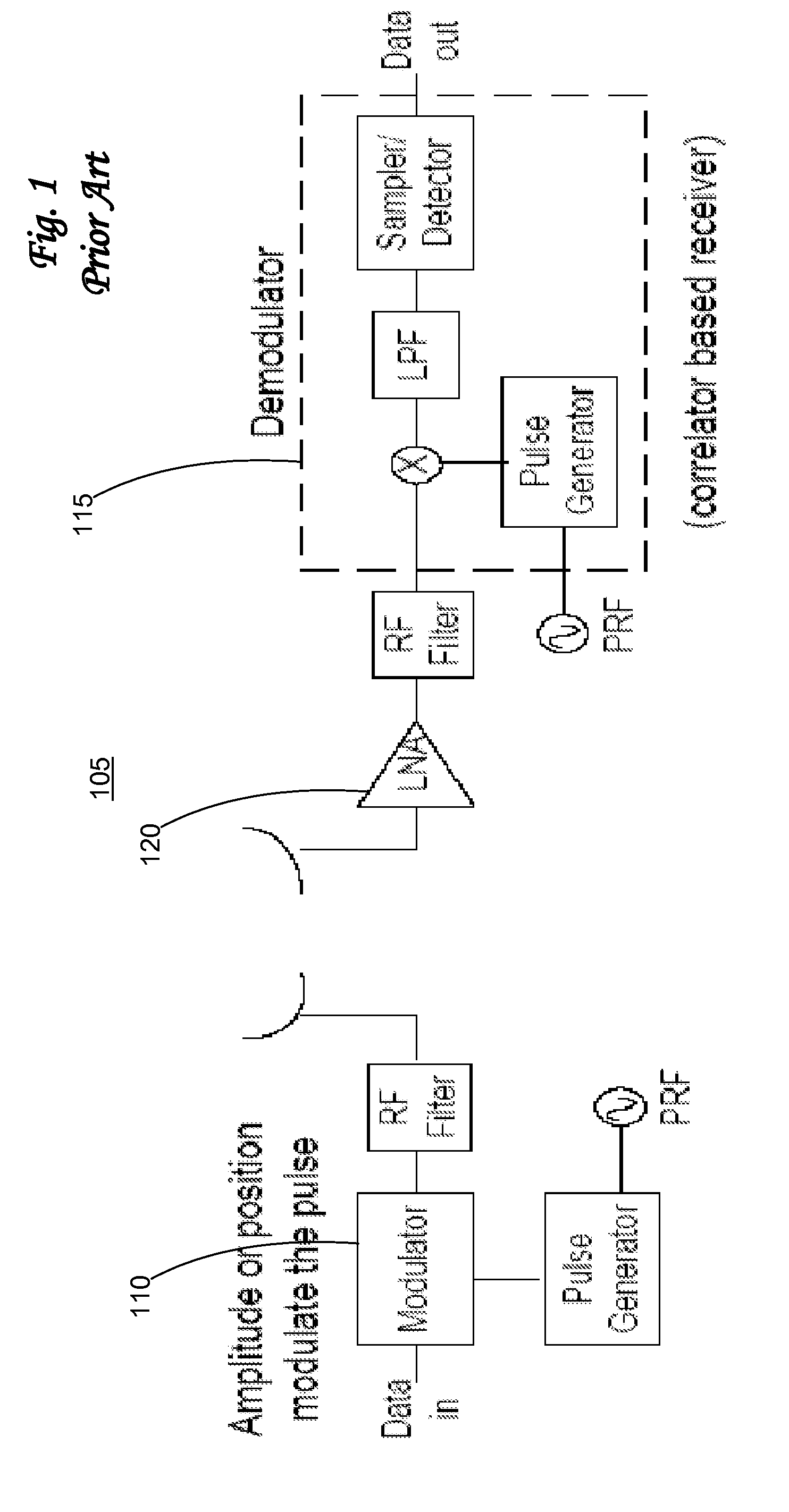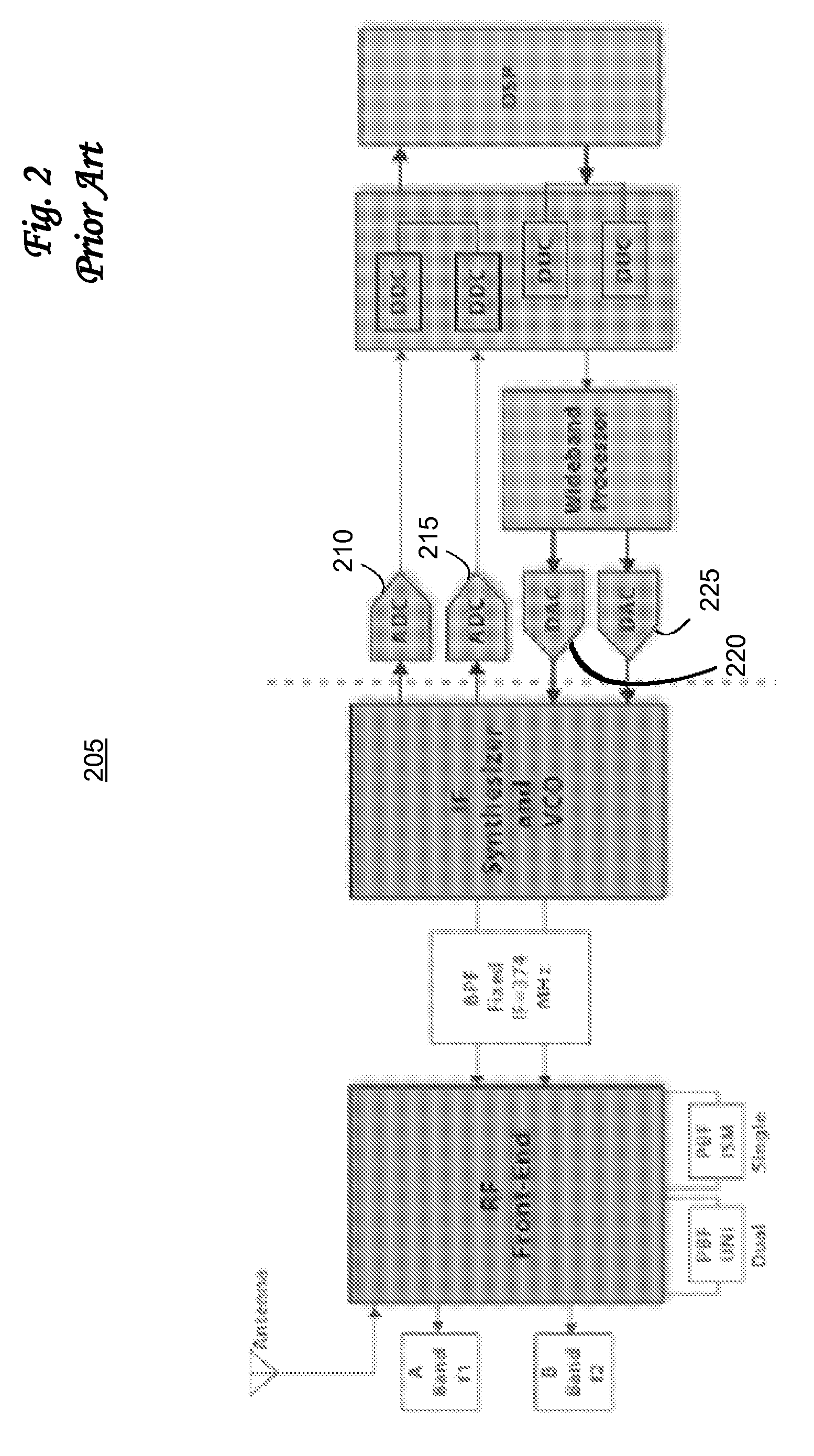Systems and methods for electromagnetic band gap structure synthesis
a technology of electromagnetic band gap and structure, applied in the field of electromagnetic band gap structure, can solve the problems of affecting limiting noise, and affecting the design and implementation of these devices, and achieve the effects of improving the performance of ad
- Summary
- Abstract
- Description
- Claims
- Application Information
AI Technical Summary
Benefits of technology
Problems solved by technology
Method used
Image
Examples
Embodiment Construction
[0045] The present invention addresses the drawbacks of conventional systems and methods of electromagnetic band gap structure synthesis. Significantly, the present invention provides methods and apparatus for efficient and effective electromagnetic band gap structure synthesis. An electromagnetic band gap structure provided in accordance with the present invention is enabled to be accurately and conveniently configured to provide a required isolation level in a predetermined stop band. Additionally, the present invention overcomes the drawbacks of the manual methods in the prior art and provides systems and methods to automatically synthesize electromagnetic band gap structures.
[0046] In an exemplary embodiment, the present invention provides a method of electromagnetic band gap structure synthesis. The method includes the step of providing a set of desired characteristics for an electromagnetic band gap structure. Furthermore, the method includes generating populations of patch s...
PUM
 Login to View More
Login to View More Abstract
Description
Claims
Application Information
 Login to View More
Login to View More - R&D
- Intellectual Property
- Life Sciences
- Materials
- Tech Scout
- Unparalleled Data Quality
- Higher Quality Content
- 60% Fewer Hallucinations
Browse by: Latest US Patents, China's latest patents, Technical Efficacy Thesaurus, Application Domain, Technology Topic, Popular Technical Reports.
© 2025 PatSnap. All rights reserved.Legal|Privacy policy|Modern Slavery Act Transparency Statement|Sitemap|About US| Contact US: help@patsnap.com



